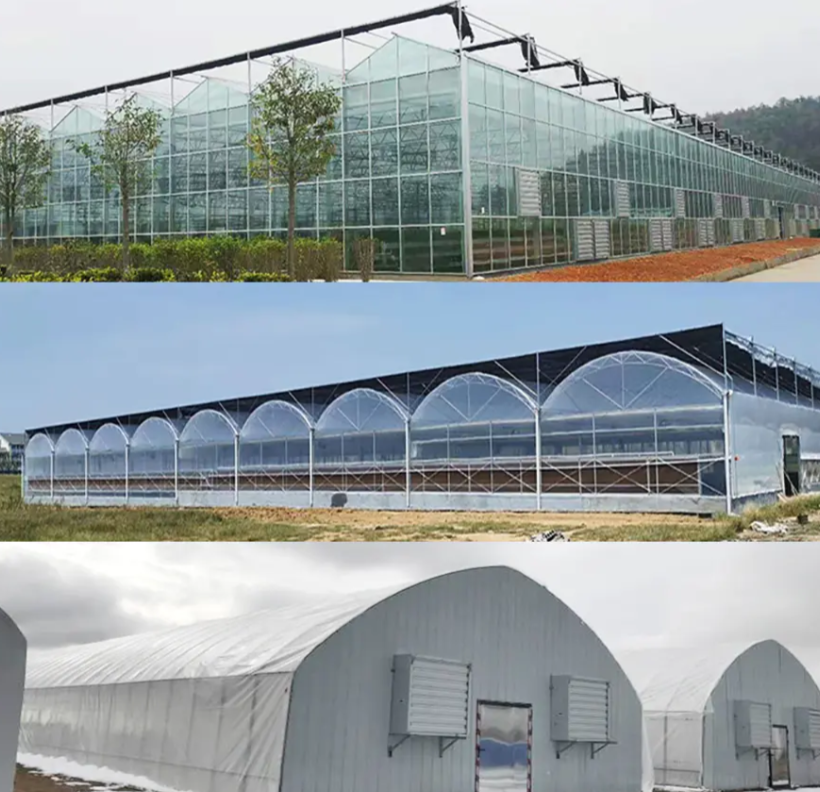Agricultural greenhouses provide controlled environments for growing crops, but they come with certain challenges that users should be aware of. One frequent issue is temperature regulation. Maintaining a stable temperature inside the greenhouse can be difficult, especially in regions with extreme weather fluctuations. Without proper ventilation or heating systems, plants may suffer from heat stress or cold damage, affecting their growth.
Another challenge is humidity control. Excessive moisture can lead to mold growth and fungal diseases, which harm crops and reduce yields. On the other hand, insufficient humidity may cause plants to dry out or experience stunted growth. Balancing humidity levels requires careful monitoring and adjustment, which can be time-consuming.
Pest management is also a concern. While greenhouses reduce exposure to many outdoor pests, they can sometimes create favorable conditions for others to thrive. If pests find their way inside, they may spread quickly due to the enclosed space. Effective pest control strategies are essential to protect crops and prevent infestations.
Structural durability is another point to consider. Greenhouses must withstand weather events like heavy rain, wind, or snow. Poorly constructed greenhouses may suffer damage or leaks, leading to crop loss and repair costs. Selecting materials and designs that offer stability and longevity is important for sustainable use.
Finally, energy consumption can be high for some greenhouse setups. Heating, cooling, and lighting systems require power, which may increase operational costs. Efficient design and technology choices can help reduce energy use, but this remains a challenge for many growers.
Understanding these challenges helps users prepare and implement solutions to optimize the performance of agricultural greenhouses. Awareness of potential issues is the first step toward better management and improved crop outcomes.
